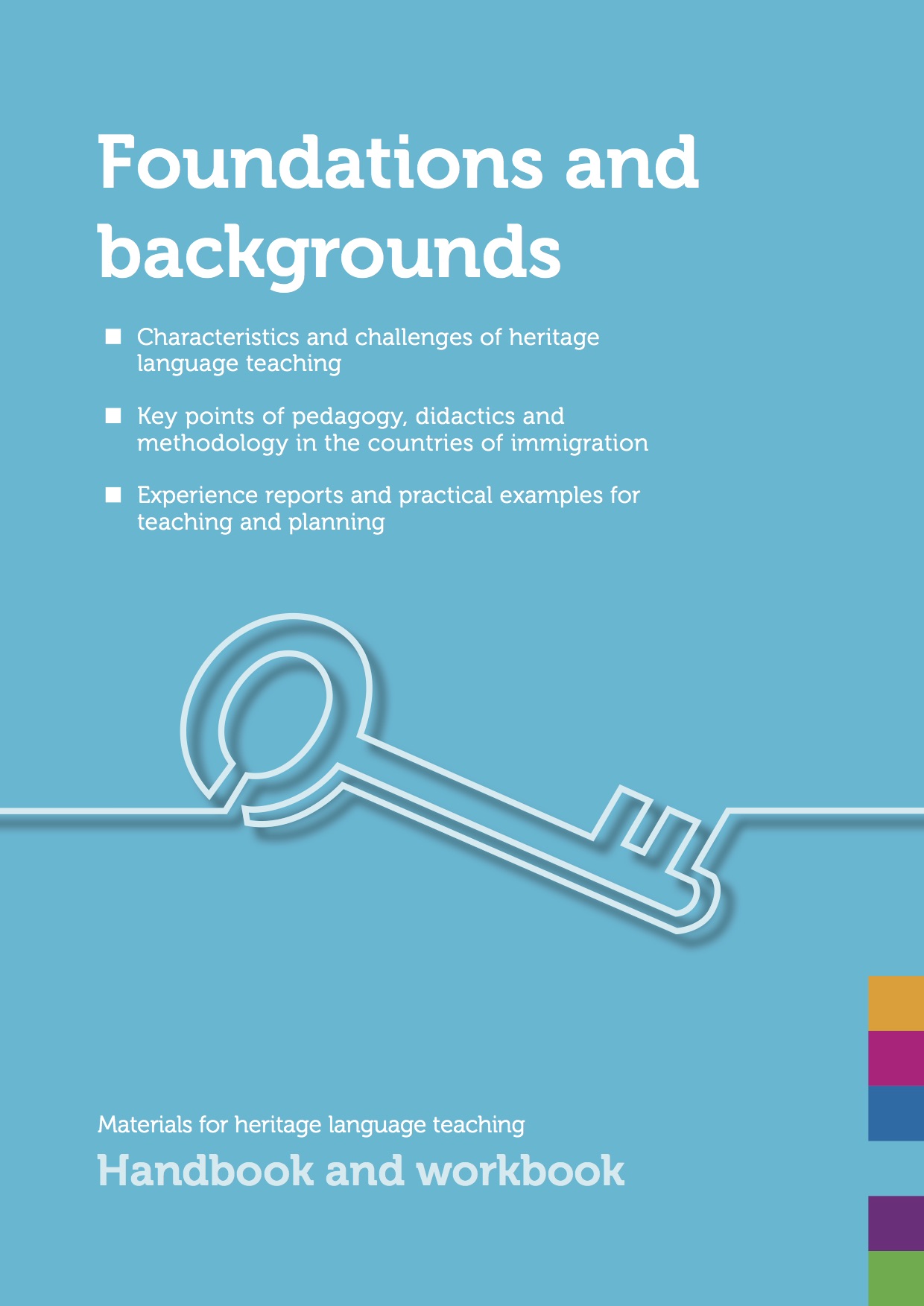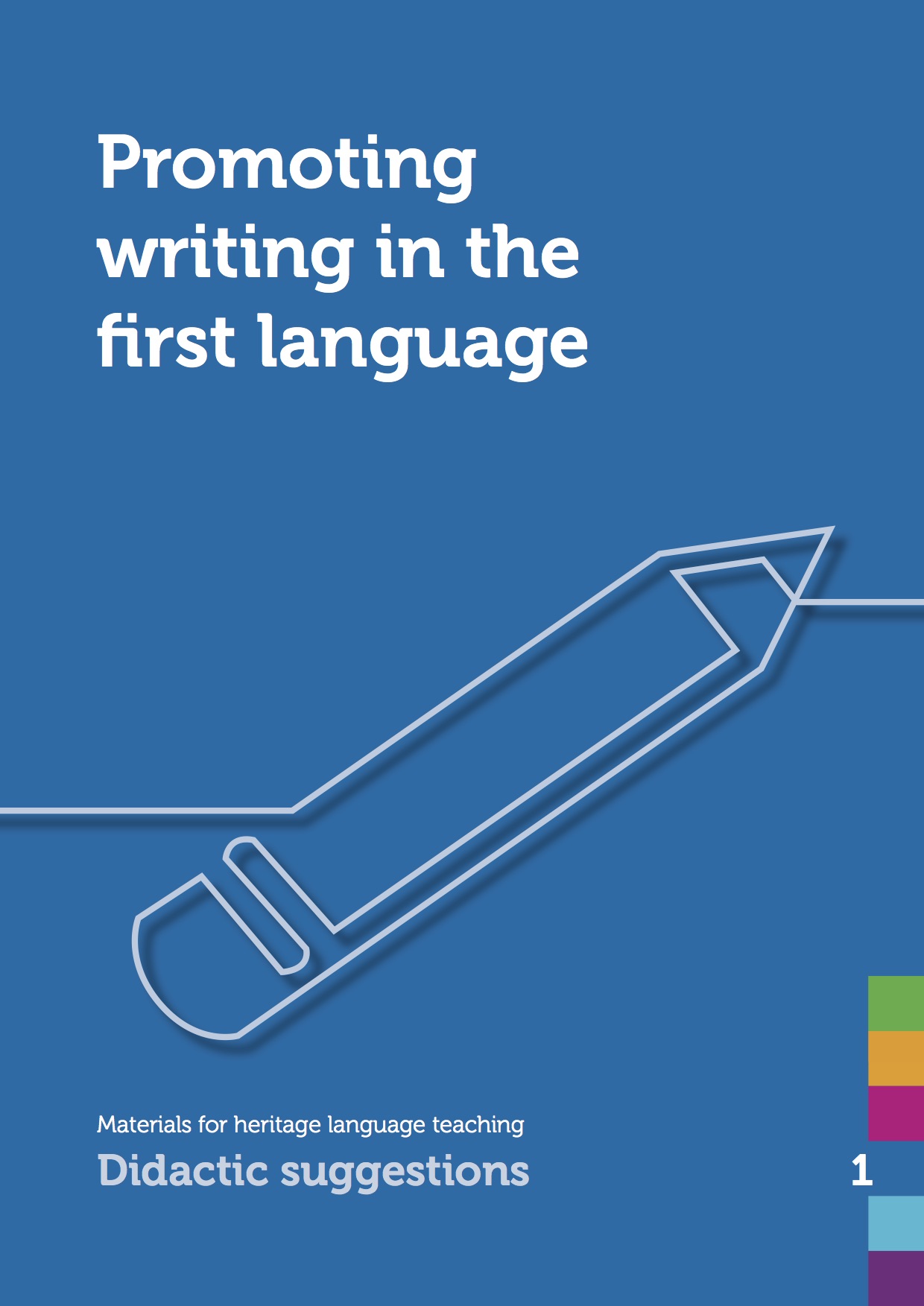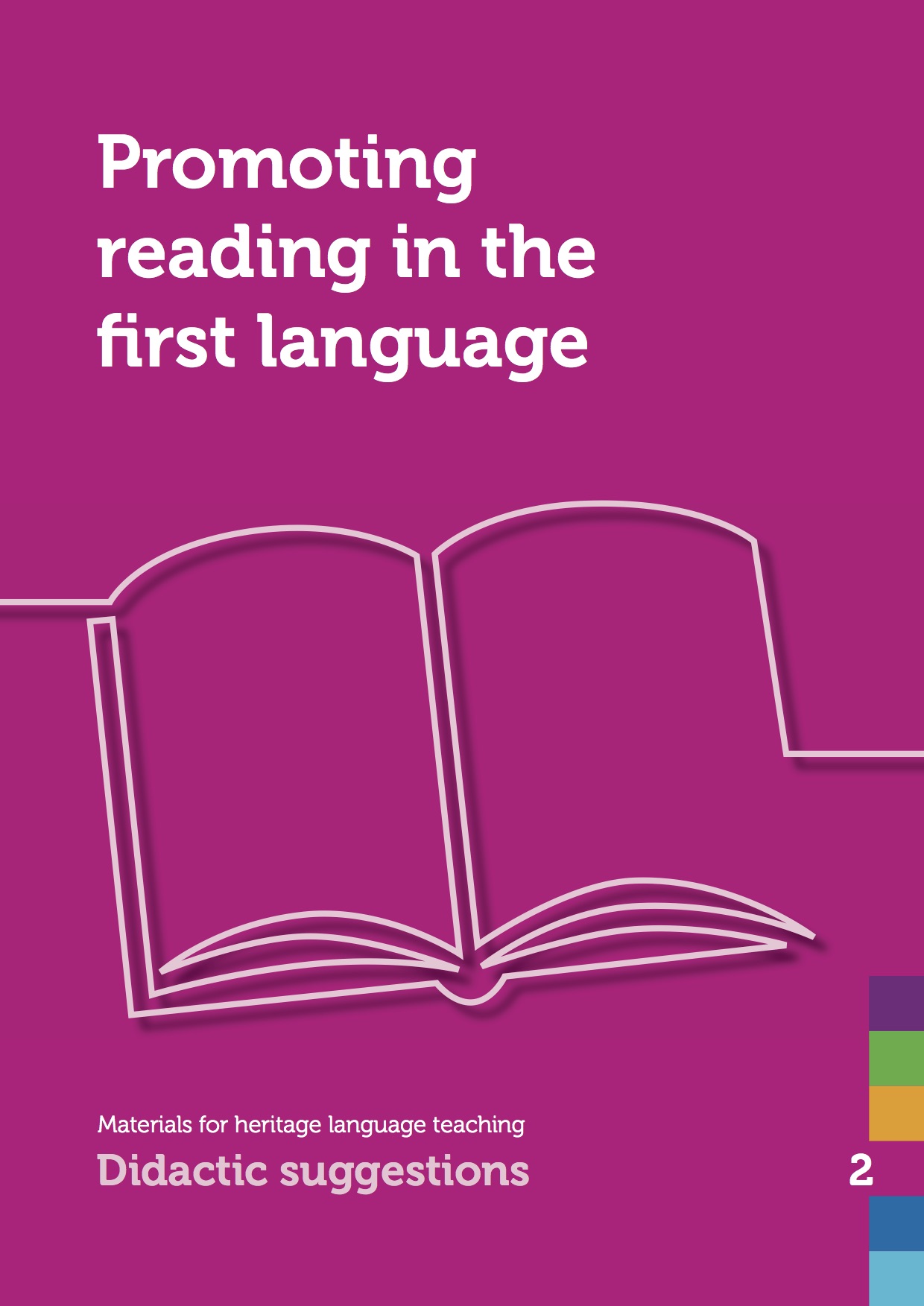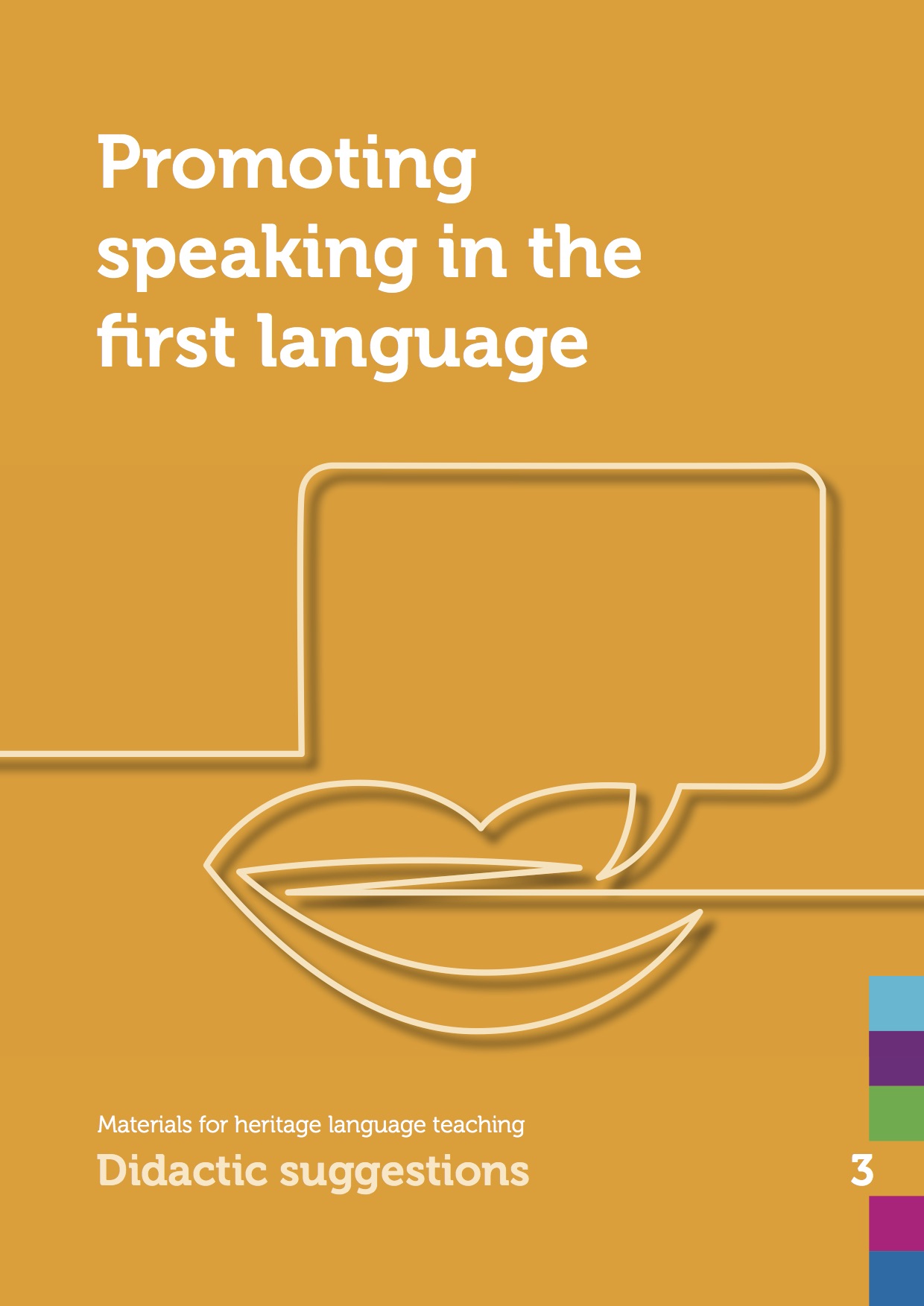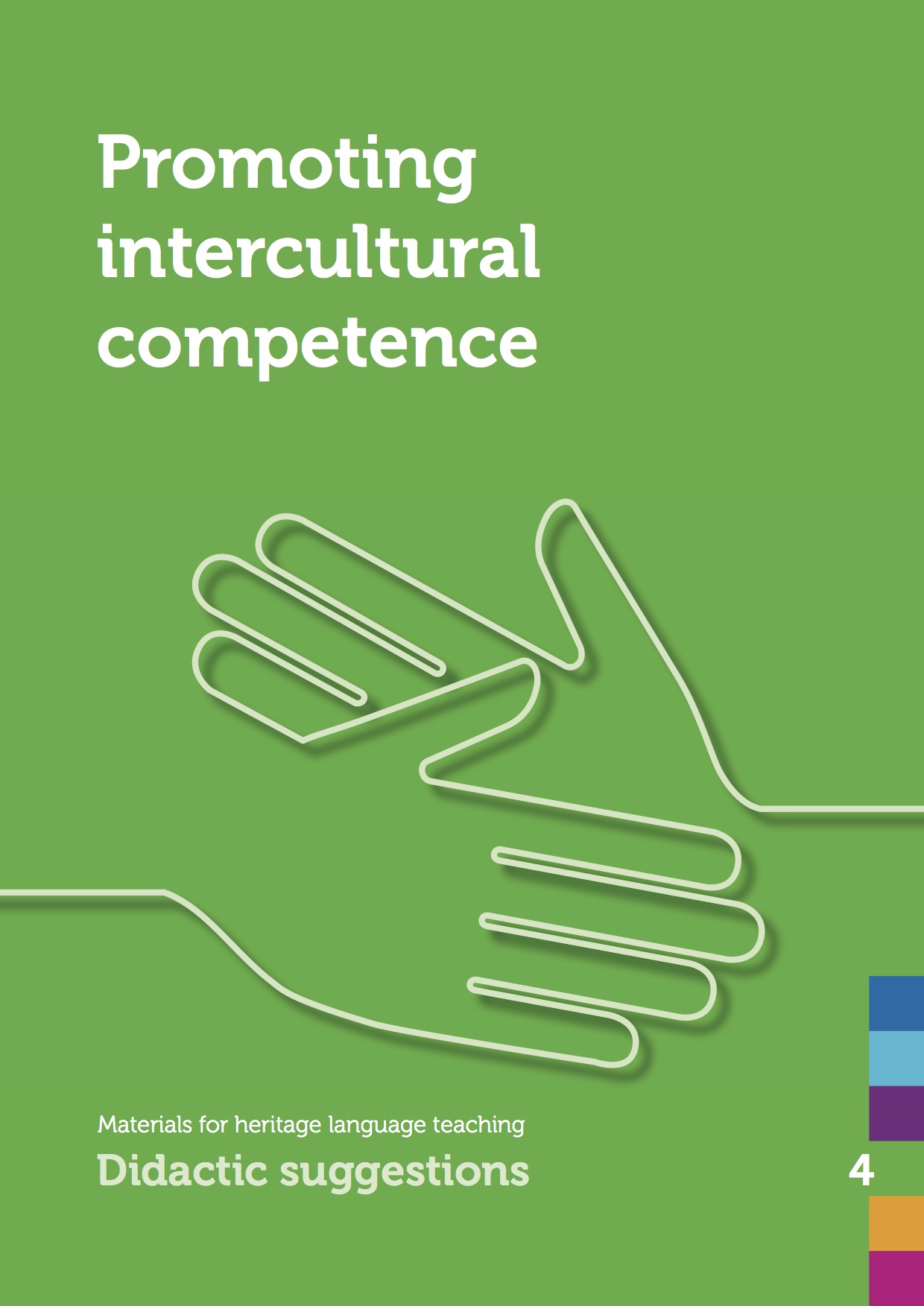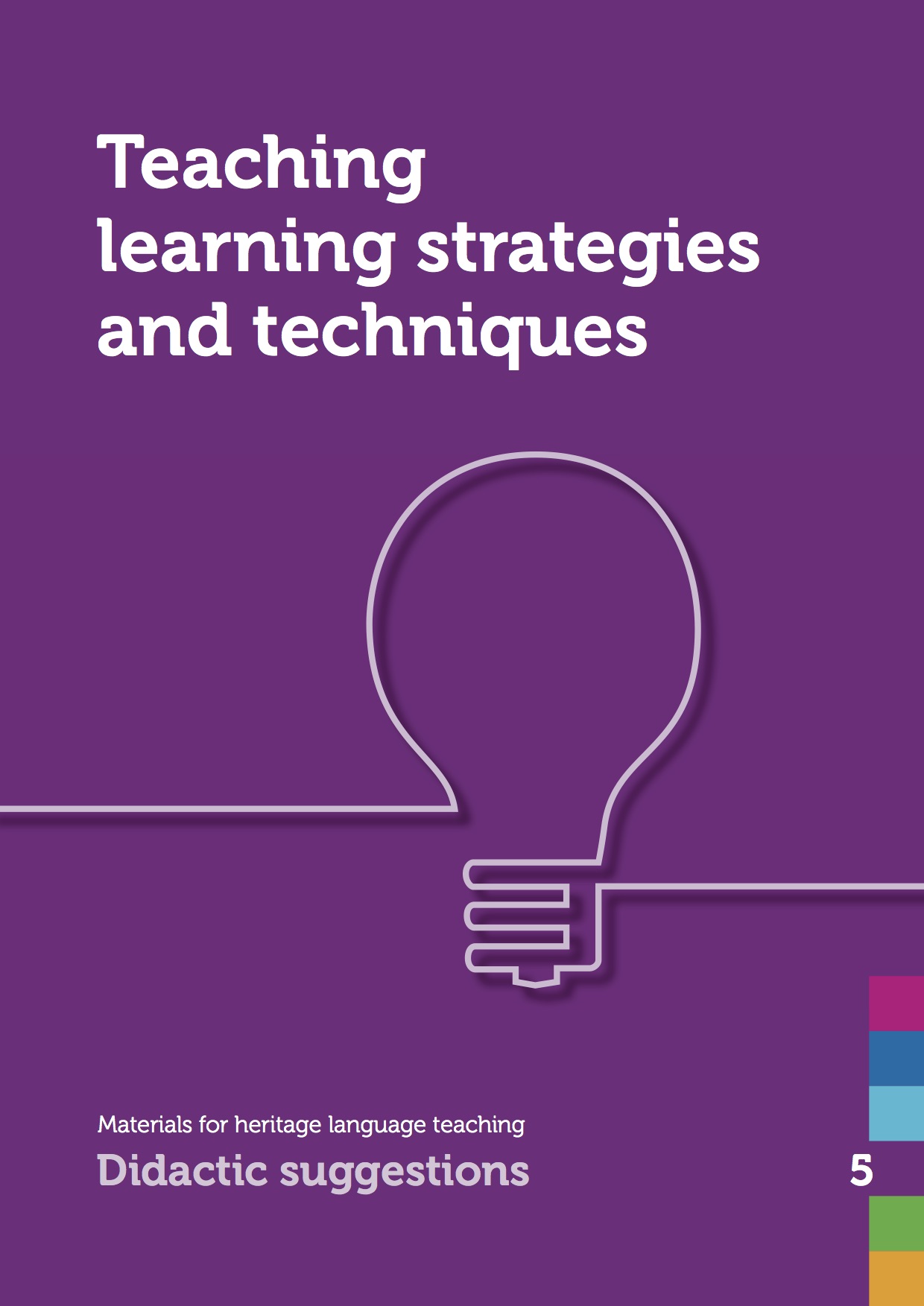Promoting writing in the first language
Materials for heritage language teaching: Didactic suggestions 1
Learning to read and write is an essential part of mastering a language. If children are not exposed to books at home and speak a dialect with their families, it can be difficult for them to learn the standard language. Heritage language teaching has an important role to play in this respect.
The volume “Promoting writing in the first language” gives heritage language teachers a wide range of ideas on how to motivate their classes to write. A brief theoretical introduction is followed by 22 teaching suggestions, tested by expert teachers. Particular attention is paid to writing stories and structuring texts. There are also many exercises on vocabulary, style and syntax.
Table of Contents
- Preface to the series “Materials for heritage language teaching”
- Introduction
- I. Introduction: low-threshold level writing examples and activities to promote motivation
- 1. Preliminary exercise: shared story telling by turns, sequels or chain stories
- 2. Writing collectively: alternating, continued, chain or folded stories
- 3. Texts with a colon: picking words, and who, where, what stories
- 4. Skeleton stories, emotive word stories, scaffolding stories
- 5. Imaginative writing in different social forms
- 6. Short artistic and creative tasks with language (see also # 22)
- 7. Language riddles
- II. Techniques and strategies for the various phases of the writing process
- 8. Finding ideas, pre-structuring the text
- 9. Planning the structure of the text (see also #16, Suggestions for text building)
- 10. Using titles, subtitles and paragraphs to structure and design a text
- 11. Techniques for revision and self-correction
- 12. Writing for the target audience; designing and presenting attractive texts
- 13. Guidelines for the students: worksheets WS 1 + 2
- III. Ideas to further partial aspects of writing
- 14. Suggestions for vocabulary building I: working with word fields and expanded language tools
- 15. Suggestions for vocabulary building II: working with gap-fill exercises and alternative word tests, etc.
- 16. Suggestions for text building and structuring (see also # 9)
- 17. Suggestions for improving writing style I: practice with acting and discovering style
- 18. Suggestions for improving style II: writing and summarizing in a precise, clear and exciting manner
- 19. Hints for improving syntax and morphology
- IV. Ideas for specific writing contexts
- 20. Writing occasions that are particularly suitable for heritage language education
- 21. Suitable projects for cooperation with mainstream education classes
- 1. Multilingual poetry collection (eleven poems, etc.)
- 2. Multilingual picture books or adventure books
- 3. Multilingual student papers or wall boards
- 4. Contributions to project weeks or exhibitions, like “our cultures”, “where we come from”, “great vacation destinations”, “our languages” etc.
- 5. Multilingual recipe collections
- 22. Artistic-creative design projects with language
- Bibliography

